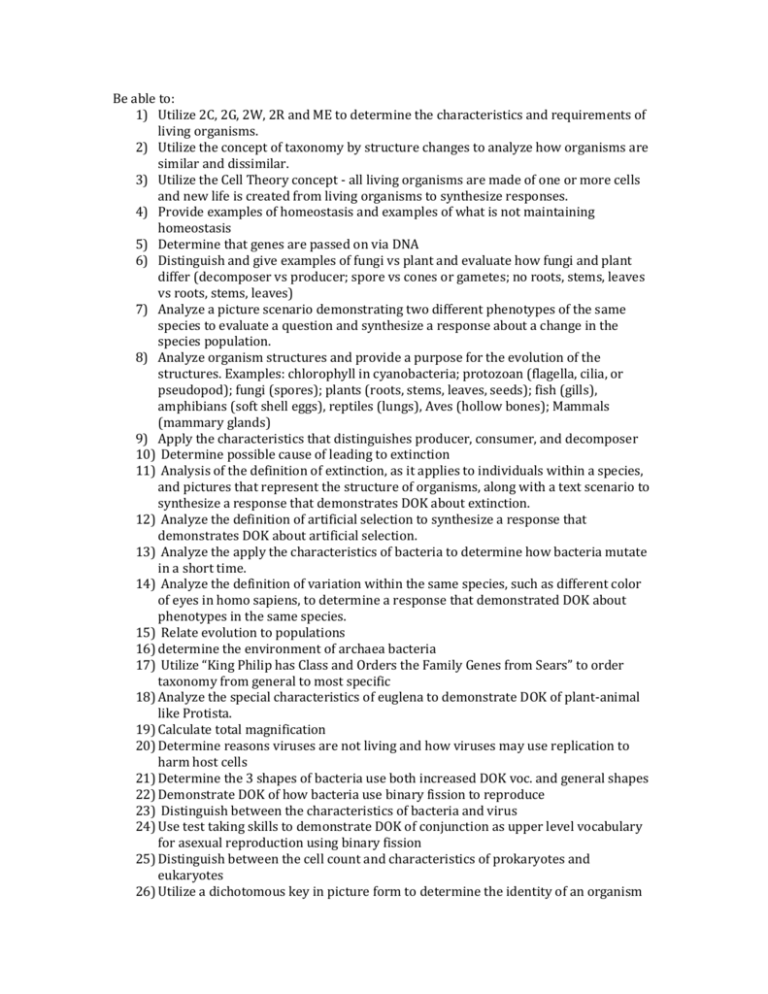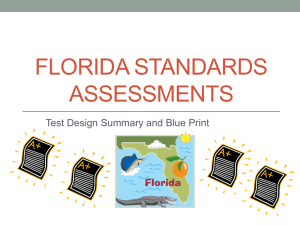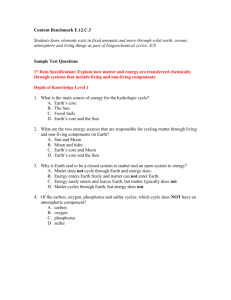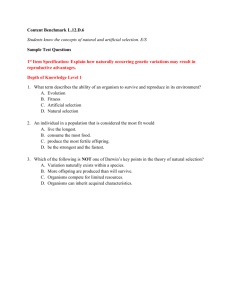Be able to: Utilize 2C, 2G, 2W, 2R and ME to determine the
advertisement

Be able to: 1) Utilize 2C, 2G, 2W, 2R and ME to determine the characteristics and requirements of living organisms. 2) Utilize the concept of taxonomy by structure changes to analyze how organisms are similar and dissimilar. 3) Utilize the Cell Theory concept - all living organisms are made of one or more cells and new life is created from living organisms to synthesize responses. 4) Provide examples of homeostasis and examples of what is not maintaining homeostasis 5) Determine that genes are passed on via DNA 6) Distinguish and give examples of fungi vs plant and evaluate how fungi and plant differ (decomposer vs producer; spore vs cones or gametes; no roots, stems, leaves vs roots, stems, leaves) 7) Analyze a picture scenario demonstrating two different phenotypes of the same species to evaluate a question and synthesize a response about a change in the species population. 8) Analyze organism structures and provide a purpose for the evolution of the structures. Examples: chlorophyll in cyanobacteria; protozoan (flagella, cilia, or pseudopod); fungi (spores); plants (roots, stems, leaves, seeds); fish (gills), amphibians (soft shell eggs), reptiles (lungs), Aves (hollow bones); Mammals (mammary glands) 9) Apply the characteristics that distinguishes producer, consumer, and decomposer 10) Determine possible cause of leading to extinction 11) Analysis of the definition of extinction, as it applies to individuals within a species, and pictures that represent the structure of organisms, along with a text scenario to synthesize a response that demonstrates DOK about extinction. 12) Analyze the definition of artificial selection to synthesize a response that demonstrates DOK about artificial selection. 13) Analyze the apply the characteristics of bacteria to determine how bacteria mutate in a short time. 14) Analyze the definition of variation within the same species, such as different color of eyes in homo sapiens, to determine a response that demonstrated DOK about phenotypes in the same species. 15) Relate evolution to populations 16) determine the environment of archaea bacteria 17) Utilize “King Philip has Class and Orders the Family Genes from Sears” to order taxonomy from general to most specific 18) Analyze the special characteristics of euglena to demonstrate DOK of plant-animal like Protista. 19) Calculate total magnification 20) Determine reasons viruses are not living and how viruses may use replication to harm host cells 21) Determine the 3 shapes of bacteria use both increased DOK voc. and general shapes 22) Demonstrate DOK of how bacteria use binary fission to reproduce 23) Distinguish between the characteristics of bacteria and virus 24) Use test taking skills to demonstrate DOK of conjunction as upper level vocabulary for asexual reproduction using binary fission 25) Distinguish between the cell count and characteristics of prokaryotes and eukaryotes 26) Utilize a dichotomous key in picture form to determine the identity of an organism











